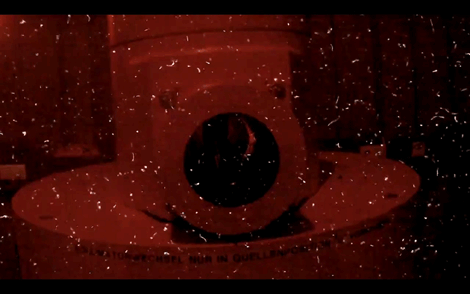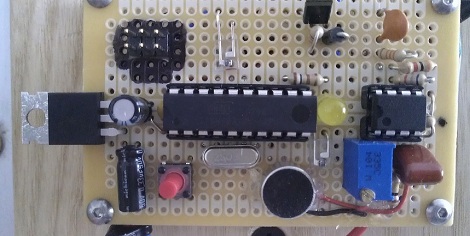Next time you’re waiting in the security line in an airport, why don’t you pull out your smartphone and count all the radiation being emitted by those body scanners and x-rays? There’s an app for that, courtesy of Mr. [Rolf-Dieter Klein].
The app works by blocking all the light coming into a phone’s camera sensor with a piece of tape or plastic. Because high energy radiation will cause artifacts on the CMOS camera sensor inside the phone, radiation will be captured as tiny specks of white light. The title picture for this post was taken from a camera phone at the Helmholtz Research Center in Munich being bathed in 10 Sieverts per hour of Gamma radiation from the decay of Cesium-137.
We have to note that blips of ‘bad data’ from a CMOS camera sensor aren’t unusual. These can come from electrical weirdness in the sensor itself or even the heat from the battery. [Rolf]’s app takes a reading of the noise floor and subtracts it from the counter. Radioactive decay resulting in Beta particles such as the Potassium-40 in bananas or the Uranium in granite counter tops don’t really register, although [Rolf] did have some success with Potassium chloride and a long measurement time. Still though, it’s a really cool way to turn a phone into a tricorder.
Continue reading “Turn Your Camera Phone Into A Geiger Counter”
















